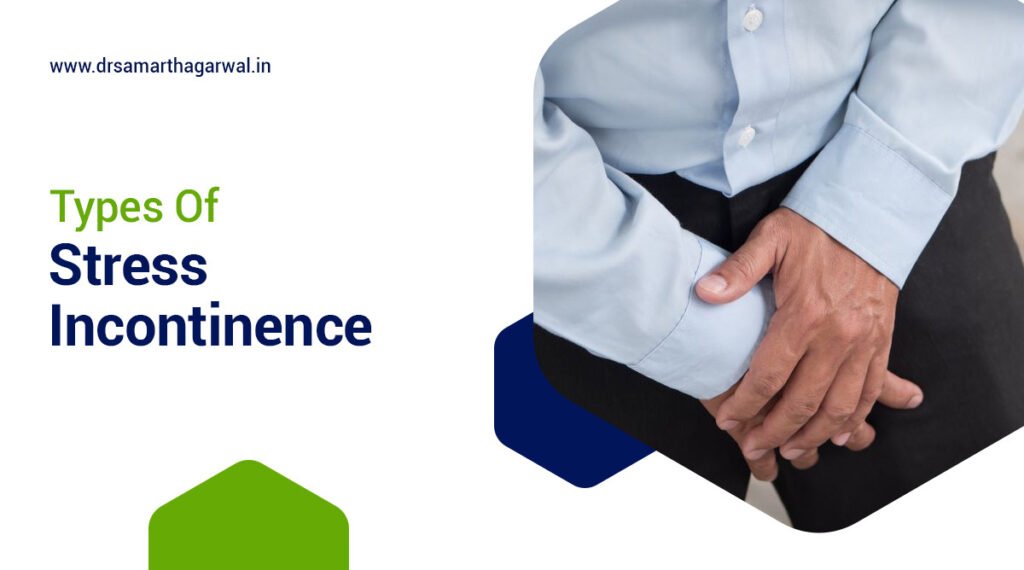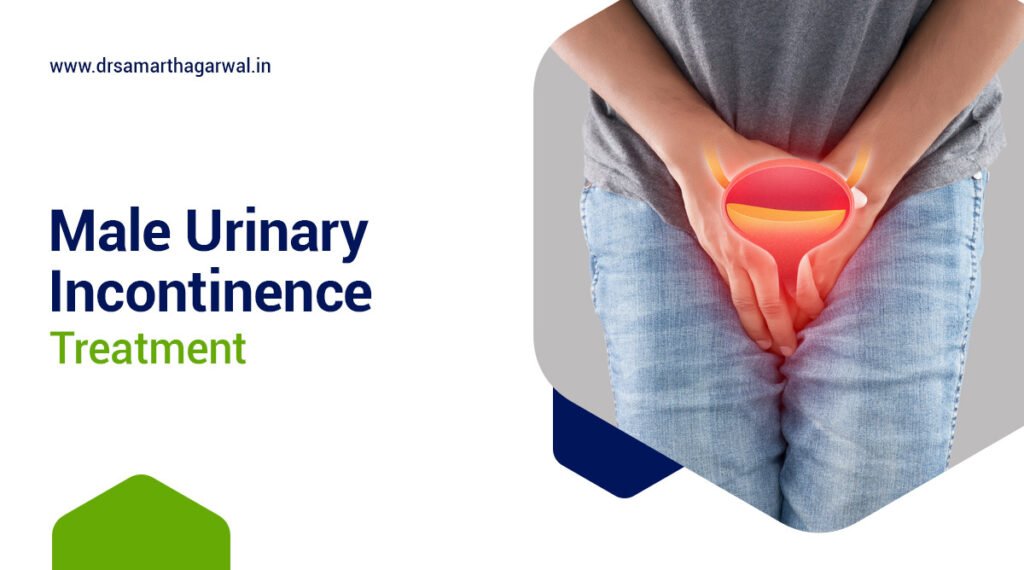Stress incontinence is a common health issue among women, characterized by involuntary urine leakage during physical activities such as coughing, laughing, or exercising. This condition can negatively impact a woman’s quality of life and self-confidence.
Symptoms of stress incontinence include leaking urine during physical activities, frequent urges to urinate, and difficulty holding urine for long periods. It is essential to identify the condition early to prevent complications such as urinary tract infections.
The causes of stress incontinence can vary, but they are typically related to weakened pelvic floor muscles, hormonal changes, or damage to the nerves that control bladder function. Risk factors for stress incontinence include age, childbirth, obesity, and menopause.
Treatment options for stress incontinence include lifestyle changes, such as weight loss, bladder training, and pelvic floor exercises.
What Is Female Stress Urinary Incontinence Treatment?
Various treatment options are available to address symptoms of female stress urinary incontinence, including lifestyle modifications, behavioral therapy, medication, vaginal estrogen, devices, injectable bulking agents, surgical slings, different surgical interventions, and condom catheters for males with this condition.
Treatment for Female Stress Urinary Incontinence:
- Diagnosis:
- Undergo a voiding diary, medical history, and physical examination.
- Lifestyle modifications:
- Maintain a healthy weight to minimize pressure on the bladder.
- Manage conditions like diabetes and high blood pressure.
- Utilize bladder training or timed voiding.
- Behavioral therapy:
- Strengthen pelvic floor muscles and the urinary sphincter through Kegel exercises guided by a healthcare professional or physical therapist.
- Bladder training focuses on extending the time between visits to the bathroom.
- Medicine:
- No FDA-approved medication exists to specifically treat stress incontinence in the United States, but medications may be prescribed for co-existing conditions (e.g., overactive bladder or urge incontinence).
- Vaginal Estrogen:
- Use creams, gels, rings, or patches to restore vaginal muscle tone after menopause.
- Devices:
- Vaginal pessary devices offer support for the bladder and urethra.
- Injectable bulking agents:
- Temporarily bulk up the urethral muscle, supporting its closure.
- Urethral injection (Macroplastique Implantation System):
- Consists of a silicone bulking agent injected near the bladder neck and the upper part of the urethra to increase resistance to increases in abdominal pressure.
- Slings:
- Used surgically to provide supportive material under the urethra.
- The slings can be made from the patient’s own tissue, donor tissue, or synthetic material.
- Surgical interventions:
- Prolift procedure: Sutures are placed to lift and support the tissue around the bladder neck and the upper part of the urethra, leading to an improvement in symptoms of stress incontinence.
- TVT (Tension-free Vaginal Tape) surgery: Places a small piece of mesh under the urethra, reinforcing its support.
- Male Stress Incontinence (rare in females) surgical treatments include bulking agents or inflatable artificial sphincter implantation.
- Condom catheters: Used for men, with leaking urine directed to an external collection bag.
What causes female stress incontinence?
Explore various causes of female stress incontinence, including physical factors such as childbirth, age, menopause, and lifestyle choices, backed by research from the Mayo Clinic, Cleveland Clinic, MedlinePlus, and other reputable sources.
Understanding these causes can help women and their healthcare providers develop effective treatment plans to alleviate the symptoms of stress incontinence.
- Childbirth leads to tissue or nerve damage that weakens the pelvic floor muscles or the sphincter in people assigned female at birth, causing stress incontinence in many cases.
- Increased age and menopause could exacerbate the symptoms because these factors lead to weaker muscles and decreased estrogen levels that support the pelvic and urinary systems.
- Changes in the body due to physical exercise, pregnancy, or weight gain pressure the bladder and increase chances of stress incontinence.
- The pelvic floor and muscles around the urethra lose strength due to prolapse, which is when part of the pelvic organs slides or drops from their normal location towards the vagina.
- Certain lifestyle choices, such as smoking, obesity, and consuming caffeine and alcohol, can contribute to weakness of the pelvic floor, as these substances can irritate and affect the bladder.
What are the treatment for urinary incontinence in elderly females?
The treatments for urinary incontinence in elderly females include behavioral therapies such as bladder training and toileting assistance. Medications like anti-muscarinic agents, alpha-receptor blockers, and serotonin/noradrenalin reuptake inhibitors may also be used. Estrogen cream can help relieve symptoms in some cases. Injection of bulking agents is a treatment option for stress incontinence. Drugs like oxybutynin and tolterodine can help reduce muscle contractions and reduce urinary frequency. A low-dose version of desmopressin may be used to treat nocturia.
Can hormonal changes, like menopause, worsen my stress incontinence?
Yes, menopause can increase the likelihood of stress incontinence. This occurs due to declining estrogen levels which impact bladder control and can exacerbate muscle weakness in the pelvic region, often making stress incontinence worse. However, not everyone experiences this worsening, as some women might see improvement during menopause.

Receive expert treatment for Female Stress Urinary Incontinence at Siliguri with Dr. Samarth Agarwal.






